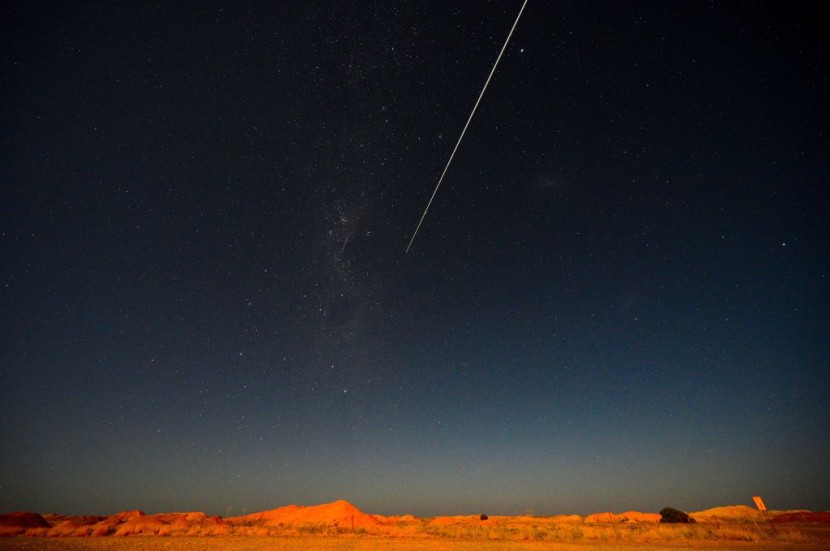
NASA issued a warning that the asteroid known as Bennu, which is the size of the Empire State Building, could hit Earth in the future and unleash the same destructive force of 24 atomic bombs.
The space agency has spent seven years trying to steer the massive cosmic object away from a trajectory that would intersect with our planet. NASA noted that the chances of Bennu hitting our planet are just one in 2,700, which is more than five times the chance that a person is struck by lightning.
NASA Warns of Asteroid Bennu
However, the agency's team said that they have nevertheless categorized it as one of two "most hazardous known asteroids." Scientists said that in the worst-case scenario, the nearly 510-meter-wide, carbon-based asteroid will hit our planet with 1,200 megatons of energy.
This is equal to 24 times the power of the largest nuclear bomb that has ever been detonated in the world, which is the Soviet Union's "Tsar Bomba." The potential asteroid strike on our planet is estimated to occur 159 years from Sunday, Sept. 4, 2182, as per the Daily Mail.
While the massive asteroid is nowhere near the size of the one that caused the extinction of the dinosaurs in prehistoric times, astronomers believe that this particular asteroid could still cause continental devastation if it does impact our planet.
When the space agency first launched its OSIRIS-REx spacecraft, which was designed to have a rendezvous with the asteroid on Sept. 8, 2016, it was also meant to trail the asteroid for two years between 2018 and 2020 to collect data to better calculate the future path of the cosmic object.
In a statement, Davide Farnocchia of NASA's Jet Propulsion Laboratory said that they have improved their knowledge of the asteroid's trajectory by a factor of 20. NASA is also set to conduct its final risk calculations on Bennu's orbit during its next near-Earth pass, which is estimated to occur in 2135, which is less than five decades before its supposed impact on our planet.
OSIRIS-REx Brings Sample Back
The situation comes as NASA's OSIRIS-REx spacecraft successfully obtained samples from Bennu's surface and is on its way to deliver them to Earth for further analysis. When the spacecraft arrived at the asteroid, it discovered a body that looked and behaved quite differently from what astronomers were expecting to see, according to Space.
Instead of wide plains of sand and gravel interspersed with accumulations of boulders, scientists discovered that Bennu had a "bouldery landscape" that had none of the smooth open areas that were thought to have been where OSIRIS-REx was supposed to land and collect its sample.
The massive asteroid was first discovered in 1999 and NASA has been tracking the cosmic object for more than two decades. Bennu is known to pass near our planet every six years and has already had three close encounters with Earth, occurring in 1999, 2005, and 2011.
In a statement, astrophysicist Hakeem Oluyesi said that OSIRIS-REx bringing the sample back to Earth for analysis will change what people know about the origins of our solar system. He added that it was pure untainted material that would reveal the secrets of the early solar system, said ABC News.
Related Article : NASA's OSIRIS-REx Set To Deliver Sample of Mysterious Asteroid








